The art of directing the building of a solid base
Before carrying out the general uprising, our Party advocated building and consolidating revolutionary bases - places to set up command agencies, train cadres, mobilize the masses and prepare forces. Among them, the Viet Bac base is the most typical example, considered the cradle of armed revolution. As early as 1941, leader Nguyen Ai Quoc chose Pac Bo (Cao Bang) as the base of operations. From here, the movement spread to the midland provinces and the Northern Delta. The bases of Bac Son-Vo Nhai, Trang Xa, Dinh Hoa... played a central role in organizing and leading the revolution. The art of building bases is reflected in choosing rugged terrain but close to the people, organizing people to self-govern, building a rudimentary revolutionary government, and simultaneously developing politics , military, and logistics on the spot. It was from these bases that the general uprising order was issued, opening the way for a nationwide uprising.
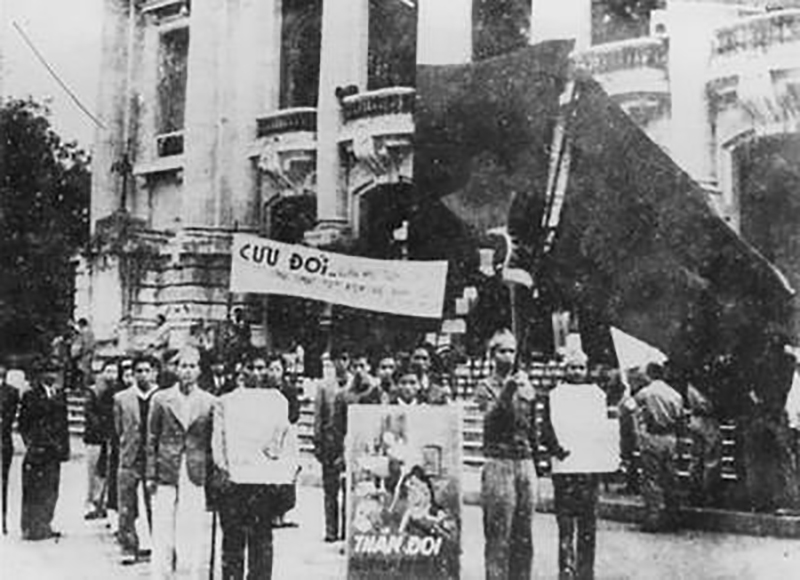 |
| Carrying out the General Uprising order in the August Revolution of 1945 in Hanoi . Documentary photo |
The art of building and developing forces
Along with the base, developing revolutionary forces is a vital task. The Party has demonstrated strategic vision and flexible organizational art in building political forces and the armed forces. Politically, national salvation organizations (youth, women, farmers, etc.) were developed extensively, serving as a support for the movement. Armed forces, the Party built national self-defense teams, then developed them into guerrilla teams, and proceeded to establish regular forces such as the Vietnam Propaganda Liberation Army. The art of developing forces is not only increasing the quantity but also improving the quality of ideology and organization. In particular, all forces are formed in the hearts of the people, relying on the people, and being attached to the people, creating great and solid strength.
The art of seizing the opportunity to revolt
One of the most outstanding features of the August Revolution in 1945 was the art of seizing revolutionary opportunities. After the Japanese fascists surrendered to the Allies (August 15, 1945), the political situation in Vietnam fell into a state of "power vacuum". The pro-Japanese government in Indochina collapsed, the Japanese army waited to disarm, and the Allies had not yet entered. Faced with that situation, the Party Central Committee and President Ho Chi Minh quickly assessed that the opportunity had come and decided to launch a nationwide general uprising. Seizing the "golden opportunity" demonstrated the Party's sharp, sensitive and decisive leadership. Clearly aware that if delayed, reactionary forces or the Allies could intervene, affecting the revolutionary situation. This is a clear demonstration of the ability to be sensitive to the situation, to know how to choose the right time, to grasp the right moment and to make timely decisions.
The art of directing uprisings piecemeal, flexibly and creatively
The August Revolution of 1945 did not take place simultaneously but was carried out in parts, flexibly, in accordance with the specific conditions of each locality. This is a unique feature of the art of directing the revolution. Places with strong movements and ready mass forces rose up early and quickly seized power, such as Hanoi, Hue, and Saigon. Places with difficulties carried out propaganda, mobilization, reorganization of forces and waited for the right time. This approach ensured creativity in the uprising but did not lose the synchronization of the whole country. The Party had made long-term preparations in building bases such as Viet Bac, organizing the Viet Minh front, developing armed self-defense forces, and carrying out paramilitary struggle activities in many places. "Softening" the enemy's lackey apparatus before carrying out the general uprising was the art of directing the preparation for the uprising.
The art of combining political struggle with armed struggle
One of the creative and unique features of the August Revolution in 1945 was the harmonious and effective combination of political struggle and armed struggle. The masses played a key role in paralyzing the old ruling apparatus through demonstrations, rallies, marches, and occupation of offices, forcing the puppet apparatus to give up power. The armed forces only appeared at key moments to support, protect, or seize key agencies, creating rapid changes without causing great losses. A typical example was the uprising in Hanoi on August 19, 1945, when tens of thousands of people took to the streets to occupy key agencies, in which the armed forces only played a supporting role but were decisive in the final moments. This is the art of "taking the power of the masses as the main force", combining political struggle with armed struggle to achieve maximum goals with minimum losses, which is a miracle in history.
The art of promoting people's strength
Our Party has skillfully mobilized and organized the great national unity bloc - a prerequisite for the victory of the uprising. The Viet Minh Front is a broad political tool, attracting all social classes: Farmers, workers, intellectuals, traders, youth, women, ethnic minorities... Each person becomes a revolutionary soldier, participating in the uprising in his own way: taking to the streets to protest, reporting, hiding cadres, ensuring logistics... From urban to rural areas, from mountainous areas to plains, the whole nation stands up to act for a common goal. The art of mobilizing, organizing, and uniting the entire people does not only exist in a few days before the uprising but is the result of a long process of revolutionary movement, from the national struggle, class struggle to the anti-Japanese, national salvation movement. Thanks to that, when the opportunity comes, the people are ready, determined and act unitedly under the leadership of the Party.
DAO VAN DE
* Readers are invited to visit the 80-year journey of independence - freedom - happiness section to see related news and articles.
Source: https://www.qdnd.vn/80-nam-cach-mang-thang-tam-va-quoc-khanh-2-9/nghe-thuat-to-chuc-khoi-nghia-trong-cach-mang-thang-tam-838820






![[Photo] Hanoi morning of October 1: Prolonged flooding, people wade to work](https://vphoto.vietnam.vn/thumb/1200x675/vietnam/resource/IMAGE/2025/10/1/189be28938e3493fa26b2938efa2059e)






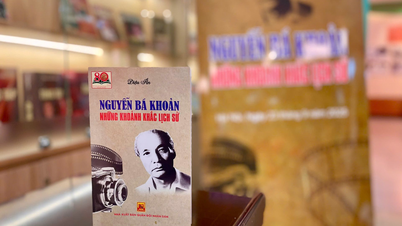





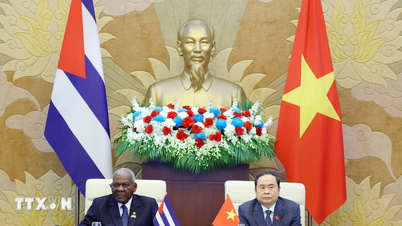

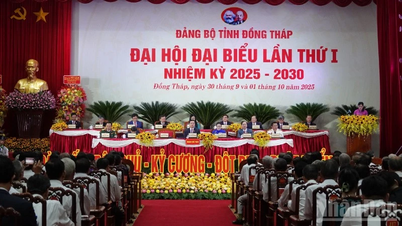
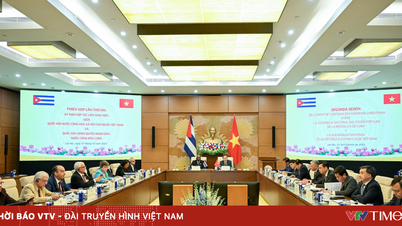

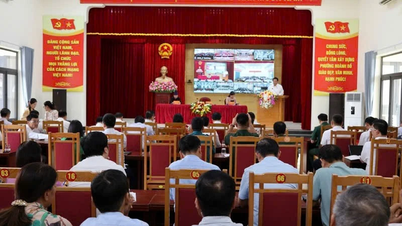
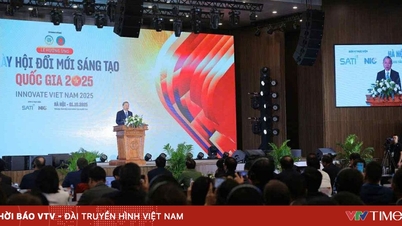




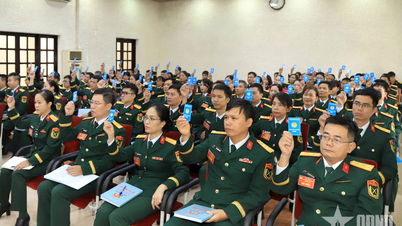
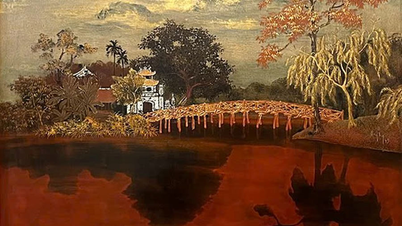
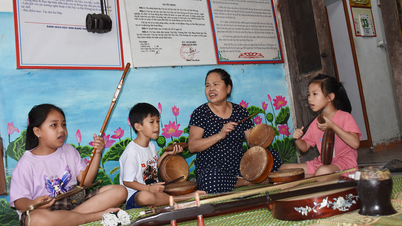
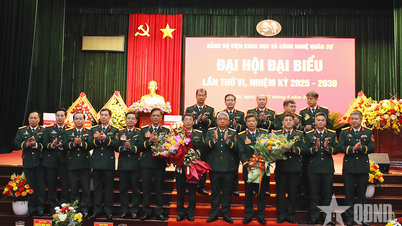
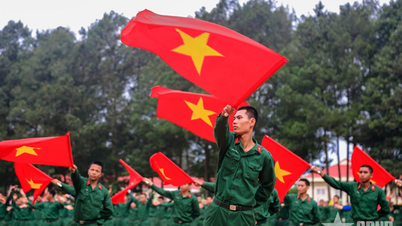
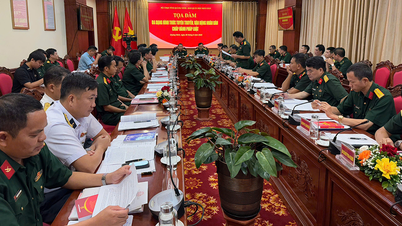
![[Photo] Panorama of the cable-stayed bridge, the final bottleneck of the Ben Luc-Long Thanh expressway](https://vphoto.vietnam.vn/thumb/1200x675/vietnam/resource/IMAGE/2025/9/30/391fdf21025541d6b2f092e49a17243f)
![[Photo] President Luong Cuong receives President of the Cuban National Assembly Esteban Lazo Hernandez](https://vphoto.vietnam.vn/thumb/1200x675/vietnam/resource/IMAGE/2025/9/30/4d38932911c24f6ea1936252bd5427fa)
![[Photo] The 1st Congress of Phu Tho Provincial Party Committee, term 2025-2030](https://vphoto.vietnam.vn/thumb/1200x675/vietnam/resource/IMAGE/2025/9/30/1507da06216649bba8a1ce6251816820)























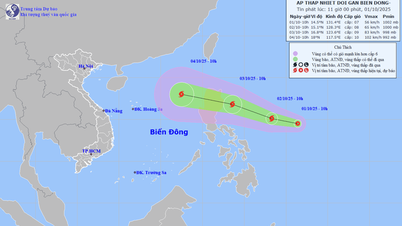
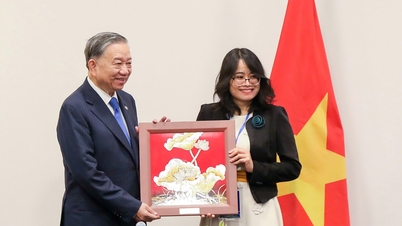

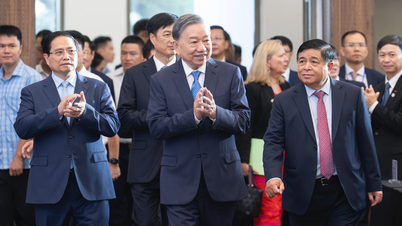
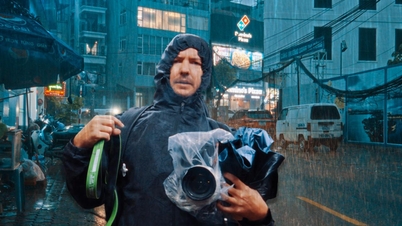









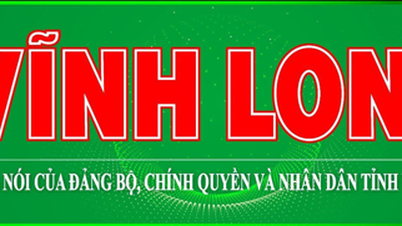

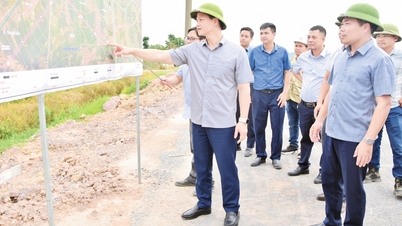

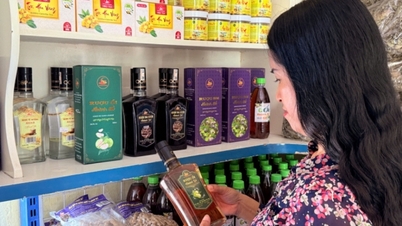

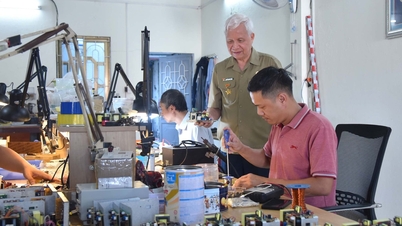














Comment (0)